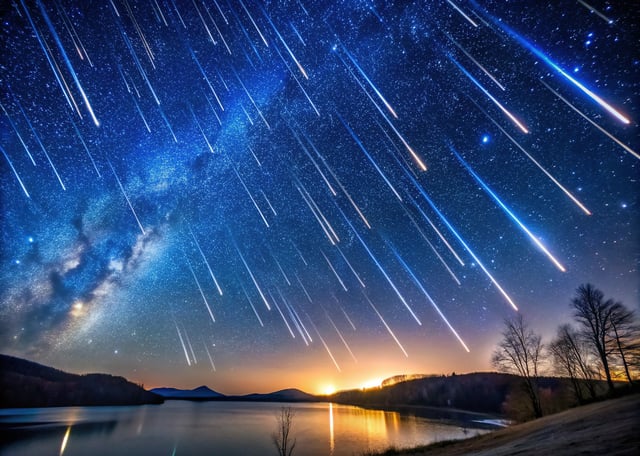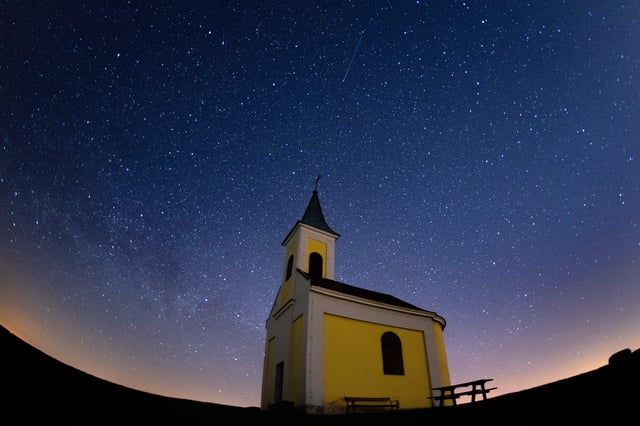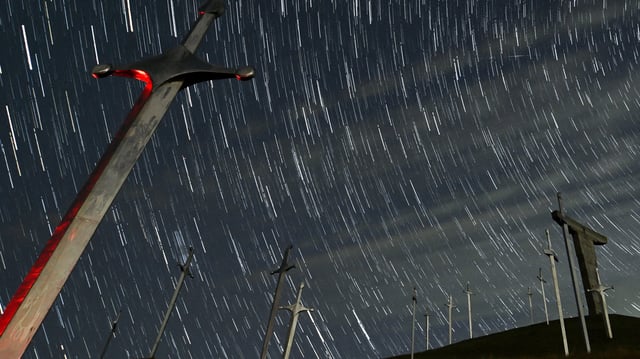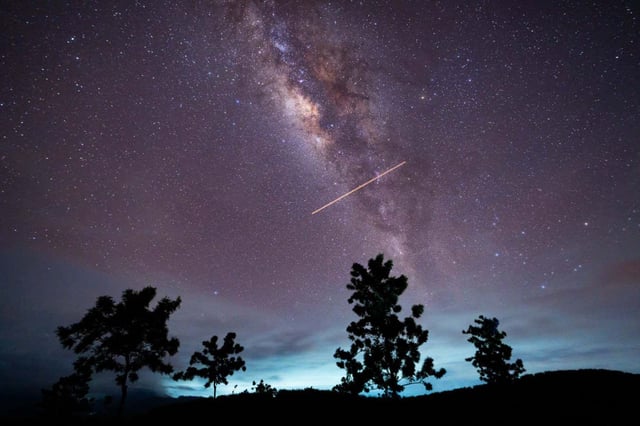Overview
- The Lyrid meteor shower, originating from Comet Thatcher, is active from April 15 to 29, with its peak predicted between the night of April 21 and the early hours of April 22.
- Observers in the Northern Hemisphere can expect 10-20 meteors per hour during the peak, with occasional bright fireballs enhancing the display.
- Optimal viewing conditions include dark, clear skies away from city lights, with the best time being pre-dawn hours when the sky is darkest.
- The Eta Aquarids, linked to Halley’s Comet, will follow closely, peaking on May 5 and offering better visibility in the Southern Hemisphere.
- Meteor showers occur as Earth passes through debris trails left by comets, with particles burning up in the atmosphere to create visible streaks of light.



